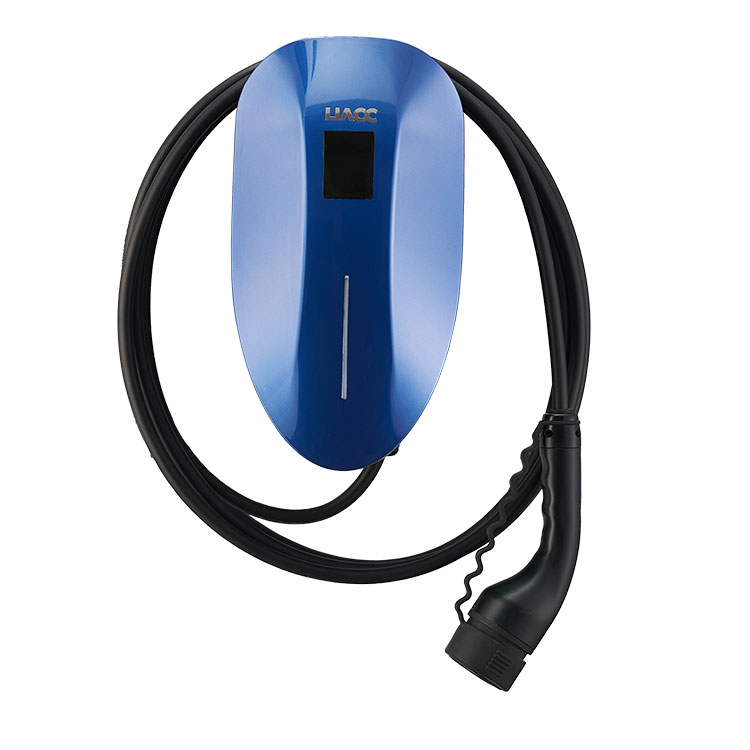What power do EV chargers use?
2023-12-12
Electric Vehicle (EV) chargers use various power levels, which are typically categorized into different charging levels: Level 1, Level 2, and Level 3 (also known as DC fast charging).

1. Level 1 Charging: Level 1 chargers use a standard 120-volt AC household outlet. They are the slowest charging option for electric vehicles but are often convenient for overnight charging at home. Level 1 chargers provide a charging rate of about 2 to 5 miles of range per hour of charging.
2. Level 2 Charging: Level 2 chargers operate at 240 volts AC and require a dedicated charging station, which can be installed at home or at public charging stations. They offer faster charging compared to Level 1 chargers. Level 2 chargers can deliver charging rates that vary from around 10 to 60 miles of range per hour, depending on the vehicle and the charger's power output.
3. Level 3 (DC Fast Charging): Level 3 chargers, also known as DC fast chargers, use direct current (DC) and significantly higher voltage levels, typically above 400 volts. These chargers are mainly found at public charging stations and can charge an EV much faster than Level 1 and Level 2 chargers. DC fast chargers can provide high charging rates, allowing an EV to add around 60 to 80 miles of range in about 20-30 minutes, depending on the specific charger and vehicle.
The power output of EV chargers can vary widely, with Level 2 chargers typically ranging from 3.3 kW to 19.2 kW or even higher for some commercial installations. Level 3 DC fast chargers can deliver power levels exceeding 50 kW, going up to 350 kW or more in certain high-power charging stations for rapid EV charging.
The charging speed and power consumption of an EV depend on factors like the vehicle's battery capacity, its charging capabilities, the state of charge, and the charging infrastructure's power output. As technology advances, higher power and faster charging options are becoming available, reducing the charging time and improving the convenience of electric vehicle ownership.


